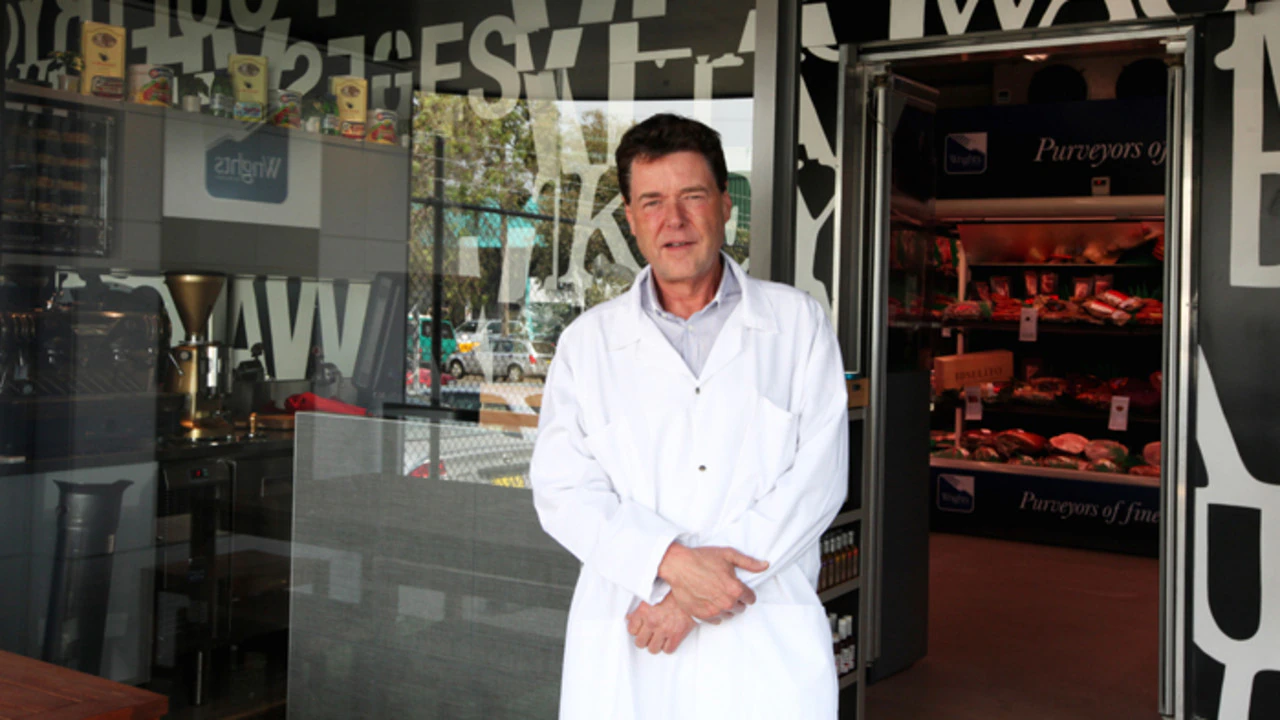A Sydney butcher is at his wit’s end after receiving over 140 job applications for a $130,000 role – but not a single one is from an Australian with relevant qualifications.
Clayton Wright, 66, is sounding the alarm about a critical shortage of young tradespeople in Australia.
He believes this shortage is a “perfect storm” for businesses, combining rising wage and superannuation rates with cost-of-living pressures.
Australia’s Skill Shortage: A Threat to Businesses
The business lobby agrees that Mr. Wright’s experience is far from unique. The critical shortage of workers, especially tradespeople, is no longer just a hiring issue but an economic threat.

According to Mr. Wright, the problem isn’t about money – it’s about a decades-long drain on people who haven’t picked up a trade. He’s had no luck finding anyone despite spending $1100 per month to advertise the position on Seek.
The 140 applications he received were all from overseas, with applicants having “virtually no qualifications at all” and struggling to speak English.
Mr. Wright believes that Australia’s lack of qualified butchers means there’s no one to train newcomers, even if they do bring in skilled migrants.
A Three-Pronged Approach to Address the Skills Shortage
Business NSW chief executive Daniel Hunter suggests a three-pronged approach to address the skills shortage: training more young people, getting older people back into work, and bringing in skilled migrants. There’s no silver bullet solution, but a combination of these strategies could have a positive impact.
Mr. Hunter also recommends better alignment between migration settings and industry needs, investment in vocational training, and smarter workforce planning.
He believes that increasing the Work Bonus program limit for the age pension to $600 per fortnight could allow senior and retired workers greater flexibility to contribute to the workforce.
Australia’s Tradie Crisis: A Decades-Long Problem
The number of apprenticeships commenced each year has been steadily declining since 2012. As of December 31, there were 311,760 active apprentices and trainees nationally, with over two-thirds in trade occupations.
Mr. Wright believes that the problem started decades ago, when the focus shifted from funnelling school leavers into vocational education to university education.
He thinks that the insistence on keeping even the less academically gifted students in school longer has hurt when they do opt for apprenticeships.
The generational gap and the perceived lack of value in trades have led to a dire shortage of skilled tradies.
Mr. Wright believes that migration is only one part of the solution and that long-term, it’s crucial to get young people interested in trades again.
This means refocusing on vocational education and recognizing the excellent career opportunities in trades.

